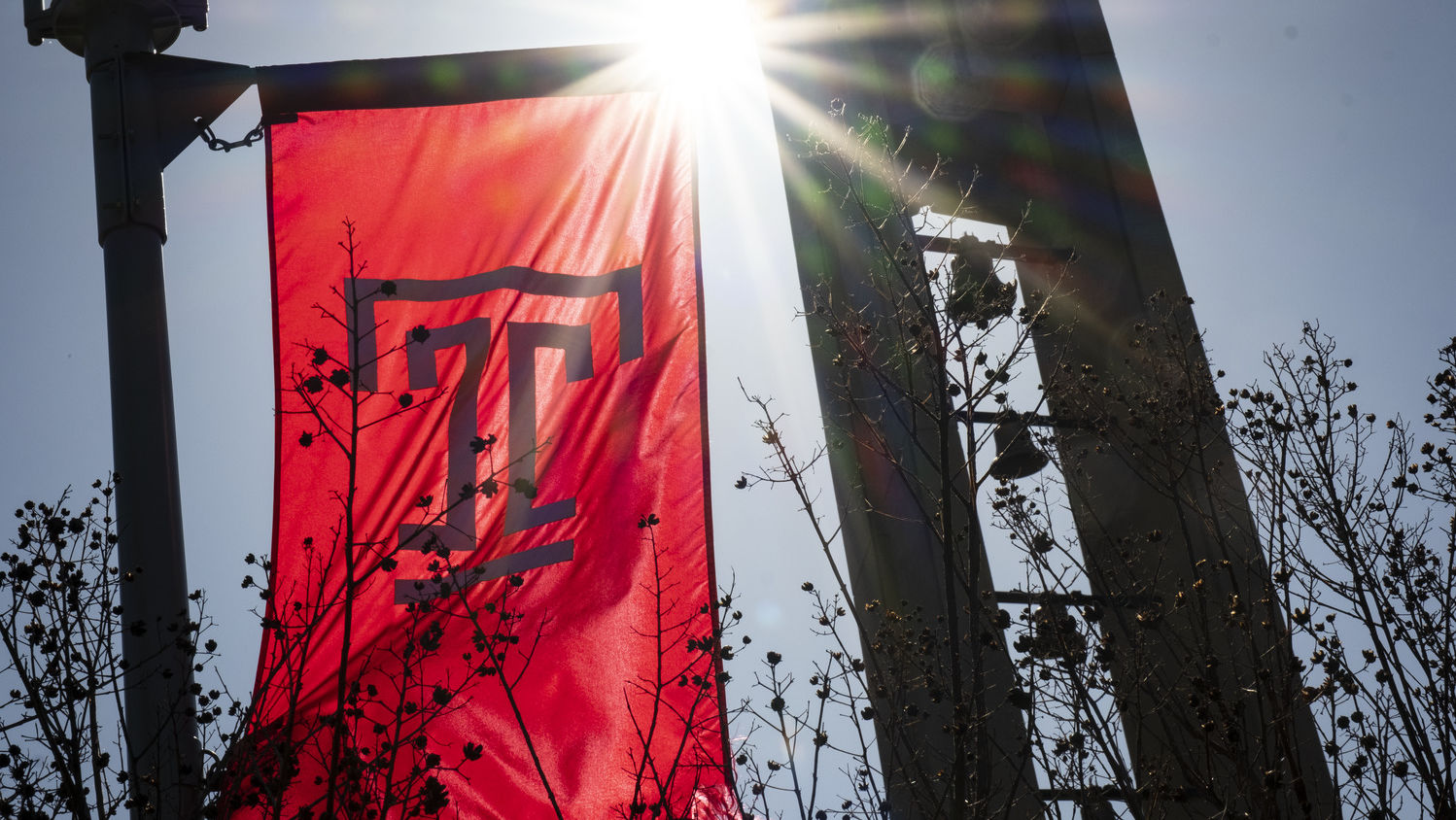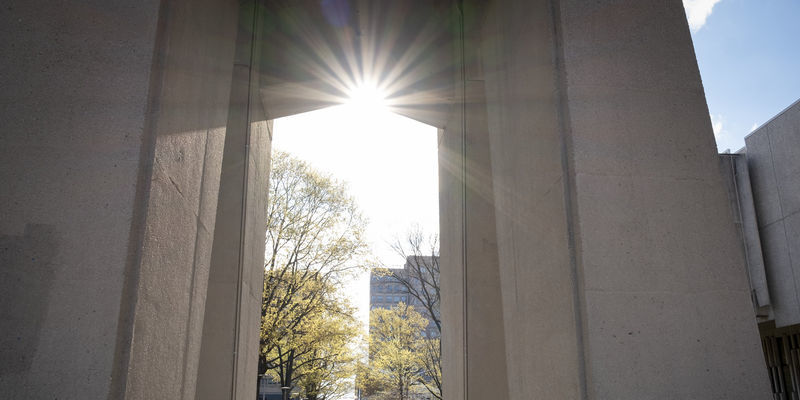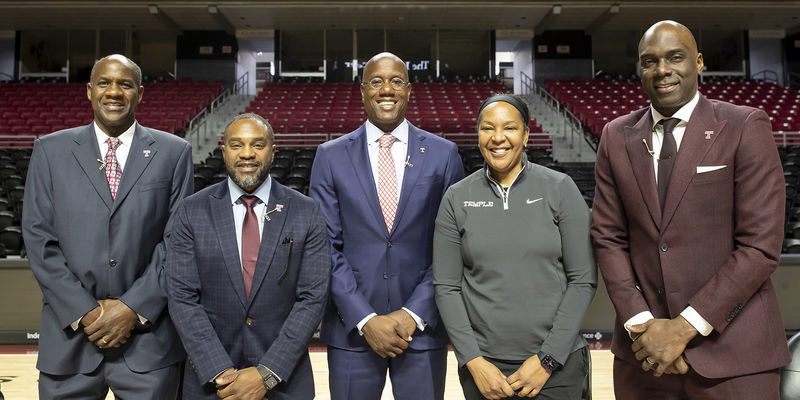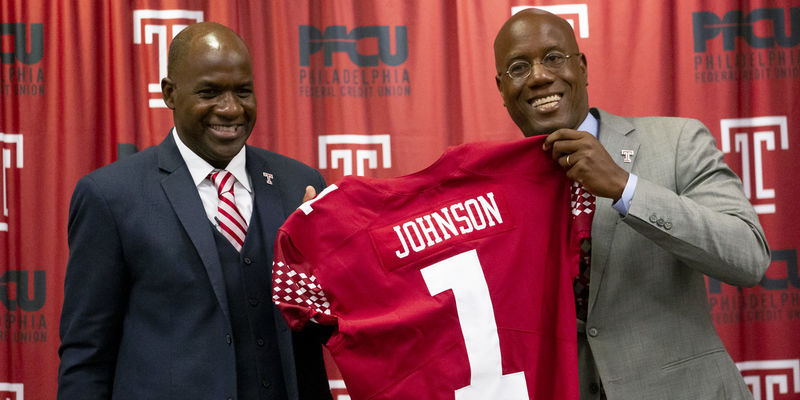Name, image, likeness — and, finally, some fairness: College athletics’ brave new world
Temple University President Dr. Jason Wingard discusses how NIL could be the great equalizer when it comes to leveling the playing field across the Division I Athletics landscape.

Originally published in the New York Daily News on June 9, 2022.
An unnamed five-star football recruit, in the Class of 2023, has reportedly signed an agreement with a school’s “name, image and likeness” collective — business entities that are formed by the supporters of a school’s athletic teams — that could pay him more than $8 million by the end of his junior year of college. Even though he has yet to play a single down of college football, according to media reports, this individual could be paid $350,000 almost immediately. He could later receive monthly payouts that could amount to more than $2 million per year once his college career begins.
Welcome to the brave new world of NIL and college athletics.
As of the end of last year, approximately 125,000 NCAA athletes across all levels had an NIL deal of some sort. There are a total of 500,000 athletes across three divisions, meaning that about 25% of all college athletes have taken advantage of NIL opportunities.
The game has changed, athletes are invested (no pun intended), and there is no going back. Yet, unsurprisingly, not everyone is on board.
As expected, NIL has had some very vocal critics, and debates regarding NIL happen on a day-to-day basis. Look no further than Alabama head football coach Nick Saban and Texas A&M head football coach Jimbo Fisher, who have been in the middle of a very public spat regarding NIL.
The controversy surrounding NIL should come as no surprise. After all, NIL challenges the status quo. And the status quo is where the Alabamas, Clemsons and Ohio States of the world advance to the College Football Playoff every. single. year.
The sea change is here. It’s time we take advantage of it.
The reality is that the playing field and recruiting landscape in Division I athletics will never be equal for Group of Five conference schools like Temple University. Alabama, Clemson, Penn State and other Power Five conference schools just have too many competitive advantages (deep pockets, lucrative television deals) working to their benefit.
But, NIL could start to change that. For schools that happen to be in a metropolitan region like Temple, the University of Cincinnati, and the University of Houston, NIL could be the great equalizer.
There is a value proposition that comes from being located in a city like Philadelphia, Cincinnati, or Houston. There are countless monetary promotional and marketing opportunities in these areas; opportunities that simply cannot be found in Tuscaloosa, Ala., Clemson, S.C. or State College, Pa.
Earlier this month, NFL Hall of Famer and current Jackson State University head football coach Deion Sanders made headlines, when he argued NIL can make athletes lose sight of the big picture. But that’s where we as universities need to step up, provide education and ensure all athletes are positioned for success. This is what the NFL and NBA have done for decades. Their rookie transition programs, of which I’ve taught a few, have literally been crafted for this very reason.
While it’s true that NIL may help some smaller Division I schools competitively, the significance of it goes beyond that. The National College Players Association reports that as many as 86% of student-athletes live below the federal poverty level. This is not okay. Plain and simple, a failure to support NIL is a failure to support our students.
No, not every athlete is going to get rich, but every athlete can benefit. One of Temple’s own faculty members, Thilo Kunkel, is among the nation’s foremost academic experts on NIL, and his research proves that there is potential monetary value for just about every athlete through social media influencer partnerships. He has found that the median earning power for female athletes via social media is actually higher than that of their male counterparts, and female athletes are among those who have most benefited from NIL.
Take Rayniah Jones, for example. She is a track and field athlete at the University of Central Florida and recently partnered with Addition Financial. Her reason for the partnership was because she wanted to help educate her peers about the importance of financial literacy. In other words, not only is she bettering her own circumstances, she’s bettering the circumstances of others, too.
At Temple, we are deepening our commitment to NIL. Along with Notre Dame and Vanderbilt, we have collaborated with NBC Sports Athlete Direct, which will connect our athletes to a trusted marketplace of commercial sponsors where they can seek out opportunities. Our students also have access to a platform that provides educational resources, tools for brand enhancement, access to NIL opportunities and the ability to disclose their NIL activities directly from their cell phones.
Other schools have taken a similar approach. The University of Cincinnati, for instance, has gone as far to launch a complete website designed to help assist and facilitate requests for its athletes.
This is a great start, but we can do better. The playing field is still not equal. It likely never will be. But NIL is the competitive edge we have long been after. More importantly, it’s simply the right thing to do.
—President Jason Wingard


